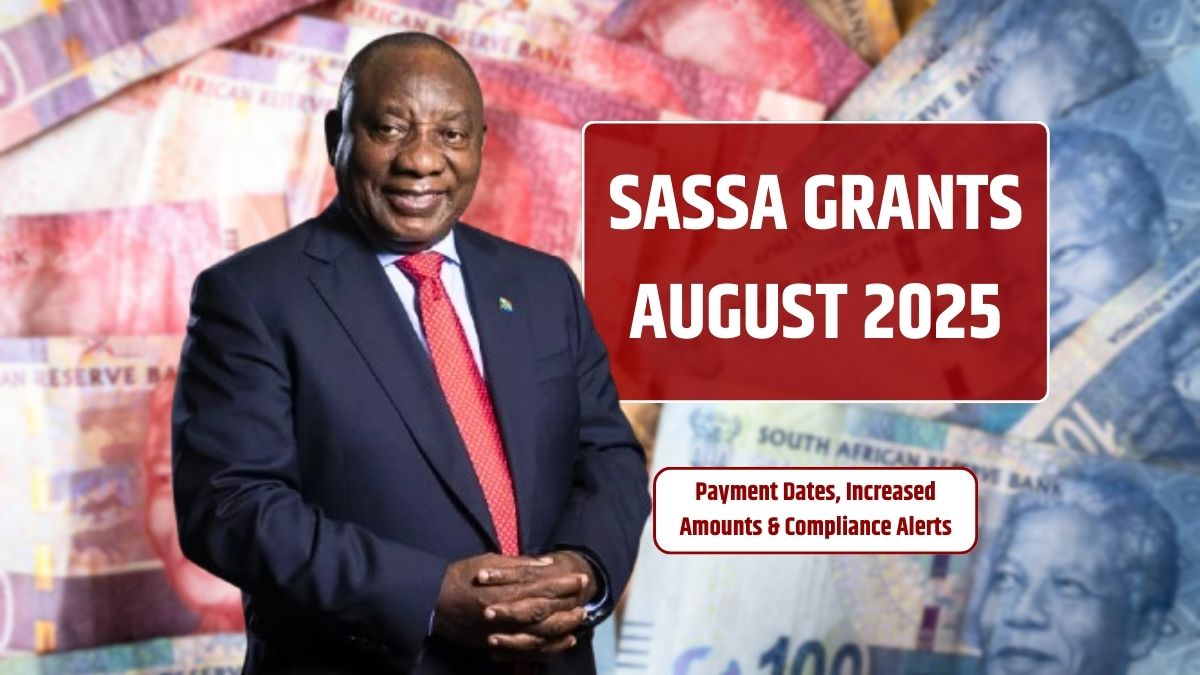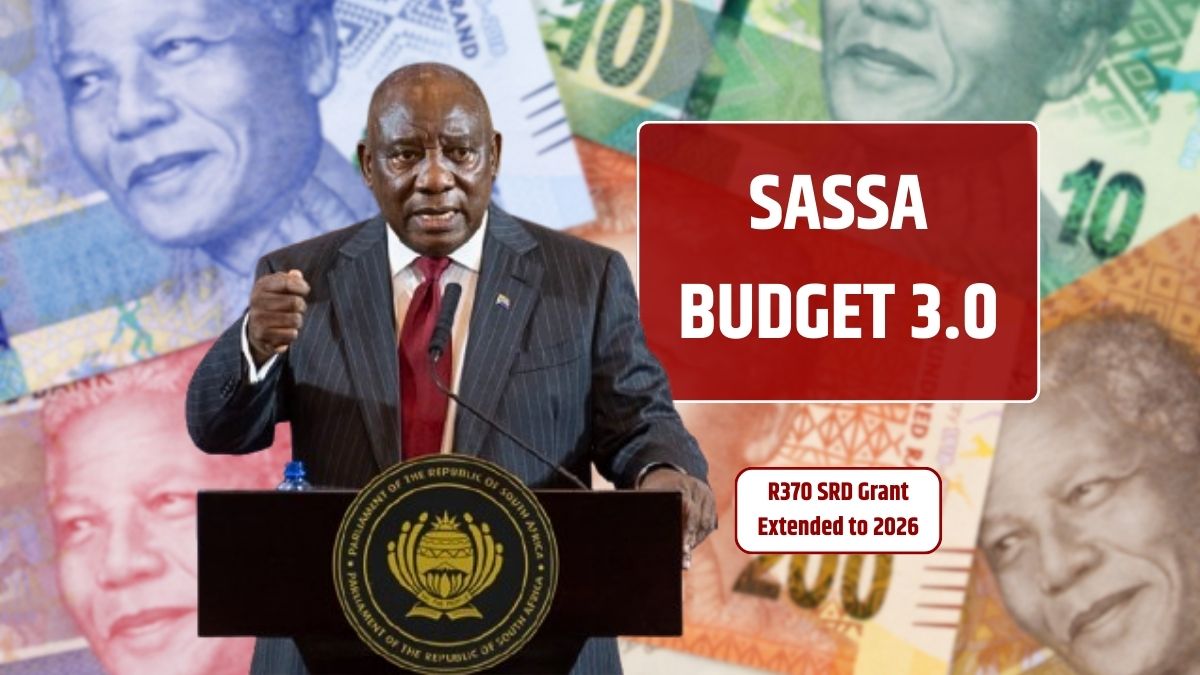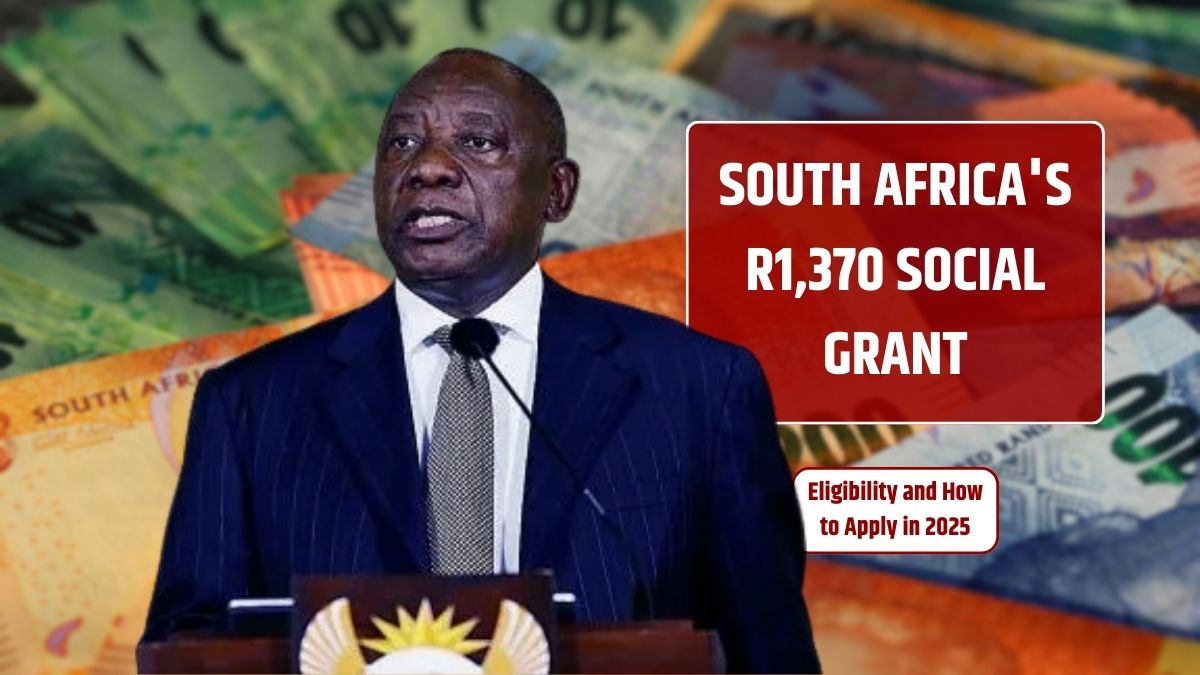The United States is currently facing a record-breaking backlog in green card processing, leaving millions of applicants in limbo. While delays in immigration processing aren’t new, the current scale is unprecedented and affects nearly every category—from family-sponsored to employment-based green cards.
If you’re waiting on your permanent residency, here’s what you need to know about the causes of the backlog, how it’s impacting applicants, and what to realistically expect in 2025 and beyond.
What’s Causing the Green Card Backlog?
Several factors have contributed to the swelling backlog in green card processing:
1. COVID-19 Delays
USCIS office closures and reduced staffing during the pandemic led to months—if not years—of processing delays that the system has yet to fully recover from.
2. Underutilized Green Cards
In past years, hundreds of thousands of green cards went unused due to bureaucratic bottlenecks. For example, in FY 2021 alone, nearly 66,000 employment-based green cards expired unused.
3. Increased Applications
A surge in applications post-pandemic and the Biden administration’s broader immigration support policies led to a significant influx of green card petitions.
4. Visa Caps and Per-Country Limits
U.S. law limits the number of green cards issued annually and imposes a 7% per-country cap, disproportionately affecting applicants from high-demand countries like India, China, Mexico, and the Philippines.
Current Numbers: The Scope of the Backlog
As of mid-2025:
| Category | Approx. Backlog |
|---|---|
| Family-Sponsored Green Cards | Over 4 million cases |
| Employment-Based Green Cards | 1.2 million+ cases |
| Adjustment of Status (I-485) | 800,000+ pending cases |
| National Visa Center Queue | Over 370,000 cases |
The wait time varies significantly based on your country of origin and green card category. For instance, some Indian applicants in the EB-2 category face estimated wait times of 15+ years.
What Applicants Should Expect in 2025–2026
1. Longer Waits for Interviews & Approvals
Applicants should anticipate extended timelines for biometrics appointments, interviews, and final adjudication, especially for adjustment of status (Form I-485).
2. Slow Progress for High-Demand Countries
Applicants from India, China, and Mexico are subject to longer delays due to visa cap backlogs. Visa Bulletin cut-off dates may advance slowly or even retrogress in coming months.
3. Risk of Green Card Wastage
Without legislative or procedural changes, unused green cards could once again expire, worsening the situation for applicants already in the queue.
4. USCIS Staffing Increases (But Not Fast Enough)
While USCIS has ramped up hiring, processing times remain slow as training and system inefficiencies continue to hinder output.
How to Minimize Delays
If you’re in the green card process, here are a few steps you can take to protect your case:
- File complete and accurate applications — Errors can lead to costly RFEs (Requests for Evidence) or denials.
- Monitor the Visa Bulletin monthly — Stay updated on priority date movement to prepare for action.
- Use premium processing where available — Particularly helpful for employment-based petitions.
- Update USCIS with address or status changes promptly to avoid missed notices.
- Stay connected with your immigration attorney to explore options for temporary work or travel permits.
Legislative Outlook: Will It Get Better?
There have been bipartisan proposals in Congress to:
- Recapture unused green cards from previous years
- Eliminate per-country visa caps
- Increase annual green card limits
However, with 2026 elections approaching and immigration remaining a politically charged issue, any major legislative fixes are uncertain.
FAQs
How long is the current green card processing time?
It depends on your category and country. Family-sponsored cases can take 2–20+ years. Employment-based timelines vary from 1–15 years, especially for Indian and Chinese nationals.
Is there a way to speed up my green card?
Premium processing can speed up certain petitions (like I-140), but most of the backlog is outside the applicant’s control. Monitor your case and ensure no errors or delays on your part.
What if my green card category retrogresses?
You must wait until your priority date becomes current again. If your I-485 was already filed, USCIS may hold your case until a visa becomes available.
























